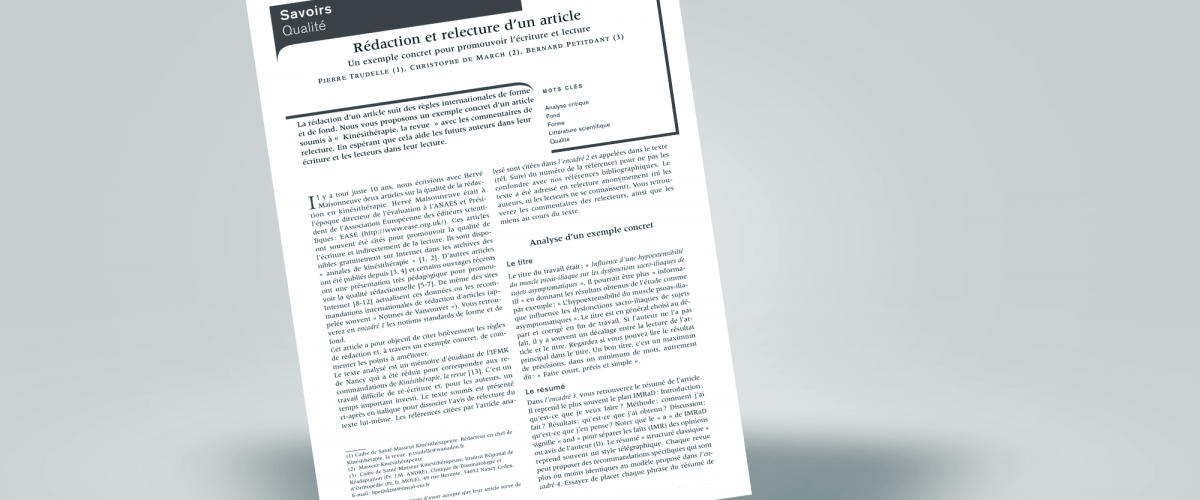Introduction
In high-temperature areas, the occurrence of heat stress (HS) is one of the most important stressors for poultry, causing extensive economic losses, while challenging their health and welfare (1). Moreover, the effects of HS are expected to become more prominent due to climate change, which drives an increase in global temperatures characterized by heat waves of increasing intensity, duration, and frequency (2). Laying hens are particularly vulnerable to HS as they have a limited capacity to maintain the homeostasis of body temperature due to their lack of sweat glands and their excessive feather coverage (3), while they have a long production cycle (50–70 weeks) and are thus susceptible to its long-term effects (4).
Author’s statement
All claims expressed in this article are solely those of the authors and do not necessarily represent those of their affiliated organizations, or those of the publisher, the editors and the reviewers. Any product that may be evaluated in this article, or claim that may be made by its manufacturer, is not guaranteed or endorsed by the publisher.



